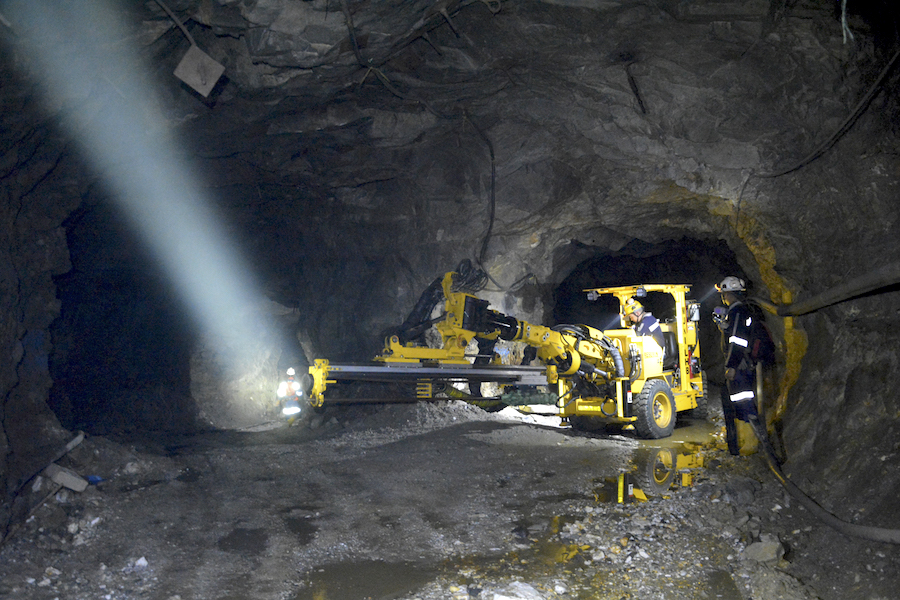
Canada’s Gran Colombia Gold (TSX:GCM) said Tuesday it has resumed operations at its Segovia mine complex in the historic gold district of Antioquia following a 42-day industry-wide mining strike in the region, that forced the government to impose a curfew as demonstrations turned violent.
The mining towns of Segovia and Remedios had been protesting since July 21 against both the Toronto-based company and some government decrees aimed to curb illegal mining, which local artisanal miners claimed blocked them from working independently.
In addition to preventing workers from entering the facilities of Gran Colombia, the strike saw the two mining towns on lockdown, with schools and businesses closed. This affected food supplies to the area, resulting in the looting of shops and school canteens and the Antioquia government sending food trucks to the area.
The long-held protests came to a conclusion on Sep. 1, the company said in the statement.
Gran Colombia’s chief executive officer, Lombardo Paredes, said the company would now incorporate additional small mining collectives into its contract mining model. This means, more artisanal miners will be allowed to operate within the company’s mining title in accordance with the government’s requirements for health, safety and environmental responsibility.
Mining has been a way of life in Antioquia for more than 150 years. Generations of families in the communities of Segovia and Remedios have worked in Gran Colombia’s mines.
Gran Colombia’s chief executive officer, Lombardo Paredes, said the company will incorporate additional small mining collectives into its contract mining model.
Currently, over 2,500 informal miners operate within the company’s title. Over the next few months, the company will negotiate specific operating contracts with each of the mining collectives that have interests in Gran Colombia’s property.
“The monetary compensation under these new operating contracts will be established for each mining collective individually with the company retaining between 10% and 60% of the spot price for each ounce of gold produced,” Gran Colombia said in the statement.
The contracts will also require the ore to be processed at the firms’ Maria Dama plant.
While production in August was below normal due to the ongoing disruptions to the company’s operations, Gran Colombia expects to meet its annual production guidance for 2017 of 150,000 to 160,000 ounces of gold.
Shares in the company were up on the news, trading almost 5% higher in Toronto to Cdn$1.57 by 12:13PM local time. Year-to-date, the stock is up more than 10%.
Gran Colombia is not the only mining company that has experienced problems in the South American nation this year.
In April, South Africa’s AngloGold Ashanti had to halt all exploration work at its La Colosa project in central Tolima after voters overwhelmingly backed a proposal to ban mining in the municipality.
The company, which had been advancing the project for 14 years, invested roughly $900 million in Colombia over the past decade and La Colosa was the largest of its three projects in the country, as it has the potential to become on of the world’s largest gold mines.
Comments
RTS Support
Hopefully the Canadian mining will create more jobs for Colombian citizen.